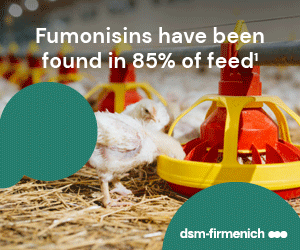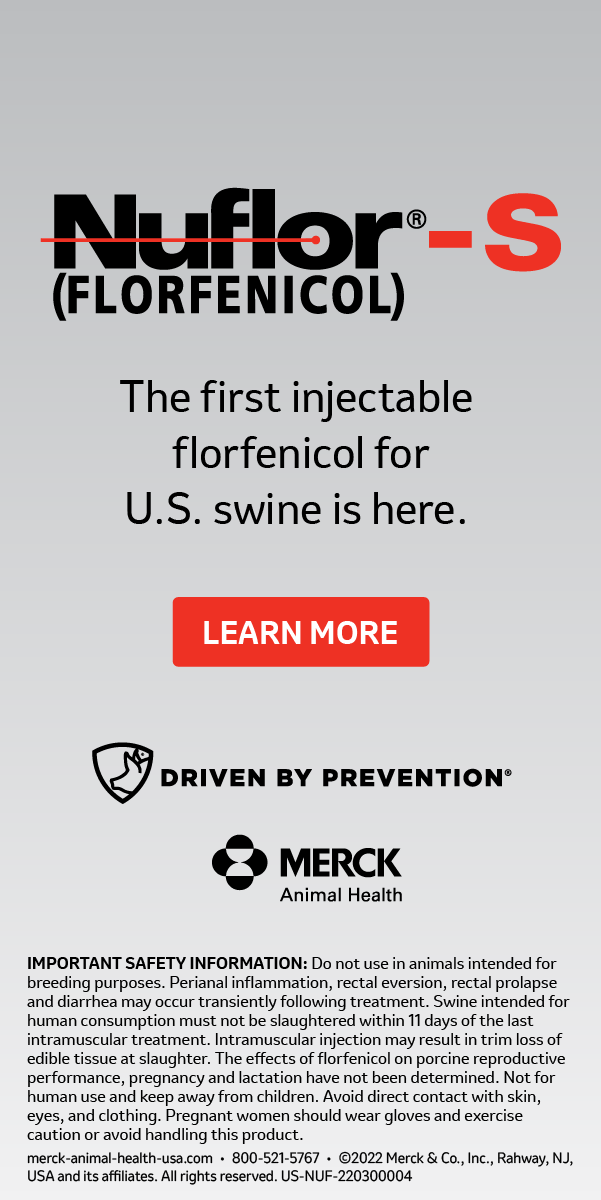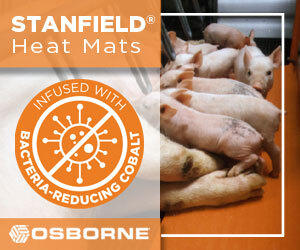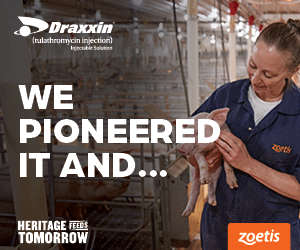



<em>E.coli</em> Plays Important Role in Pyelonephritis
DENMARK - E. coli played a significant role in the aetiology of pyelonephritis in both sows and slaughter pigs, according to new research.Louise K. Isling and colleagues at the University of Copenhagen have investigated the morphology, pathogenesis and aetiology of pyelonephritis in finishing pigs and sows at slaughter. Their paper is to be published in Acta Veterinaria Scandinavica.
They explain that pyelonephritis is a serious disease in pig production that needs to be further studied. The purpose of their study was to describe the morphology, investigate the pathogenesis, and evaluate the aetiological role of Escherichia coli in pyelonephritis in slaughtered pigs by concurrent bacteriological, gross and histopathological examinations.
Methods
From Danish abattoirs, kidneys and corresponding lymph nodes from 22 slaughtered finishing pigs and 26 slaughtered sows with pyelonephritis were collected and evaluated by bacteriology and pathology. Based on gross lesions, each kidney (lesion) was grouped as acute, chronic, chronic active or normal and their histological inflammatory stage was determined as normal (0), acute (1), sub-acute (2), chronic active (3) or chronic (4).
Immunohistochemical identification of neutrophils, macrophages, T-lymphocytes, B-lymphocytes, plasma cells, E. coli and Tamm-Horsfall protein (THP) in renal sections was performed. The number of E. coli and the proportion of immunohistochemically visualized leukocytes out of the total number of infiltrating leukocytes were scored semi-quantitatively.
Results
Lesions in finishing pigs and sows were similar. Macroscopically, multiple unevenly distributed foci of inflammation mostly affecting the renal poles were observed. Histologically, tubulointerstitial infiltration with neutrophils and mononuclear cells and tubular destruction was the main findings. The significant highest scores of L1 antigen+ neutrophils were in inflammatory stage 1 while the significant highest scores of CD79αcy+ B-lymphocytes, IgG+ and IgA+ plasma cells were in stage 3 or 4. Neutrophils were the dominant leukocytes in stage 1 while CD3ε+ T-lymphocytes dominated in stage 2, 3 and 4.
Interstitially THP was seen in 82 per cent and 98 per cent of kidneys with pyelonephritis from finishing pigs and sows, respectively. E. coli was demonstrated in monoculture and/or identified by immunohistochemistry in relation to inflammation in four kidneys from finishing pigs and in 34 kidneys from sows.
Conclusions
E. coli played a significant role in the aetiology of pyelonephritis, concluded Isling and co-authors. Neutrophils were involved in the first line of defence. CD3ε+ T-lymphocytes were involved in both the acute and chronic inflammatory response while a humoral immune response was most pronounced in later inflammatory stages. The observed renal lesions correspond with an ascending bacterial infection with presence of intra-renal reflux.
Reference
Isling L.K., B. Aalbaek, M. Schroder and P.S. Leifsson. 2010. Pyelonephritis in slaughter pigs and sows: morphological characterization and aspects of pathogenesis and aetiology. Acta Veterinaria Scandinavica, 52:48. doi:10.1186/1751-0147-52-48.
Further Reading
| - | You can view the full report (as a provisional PDF) by clicking here. |
| - | Find out more information on pyelonephritis by clicking here. |














